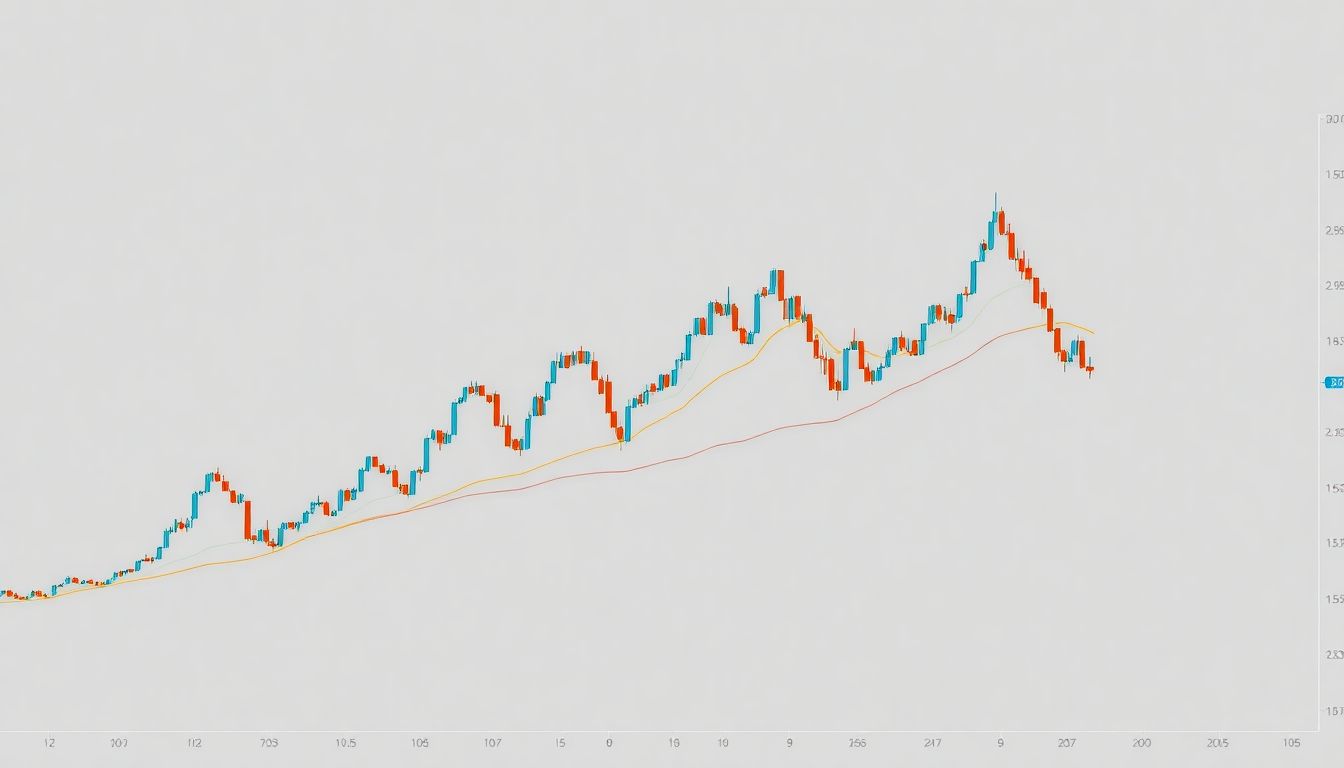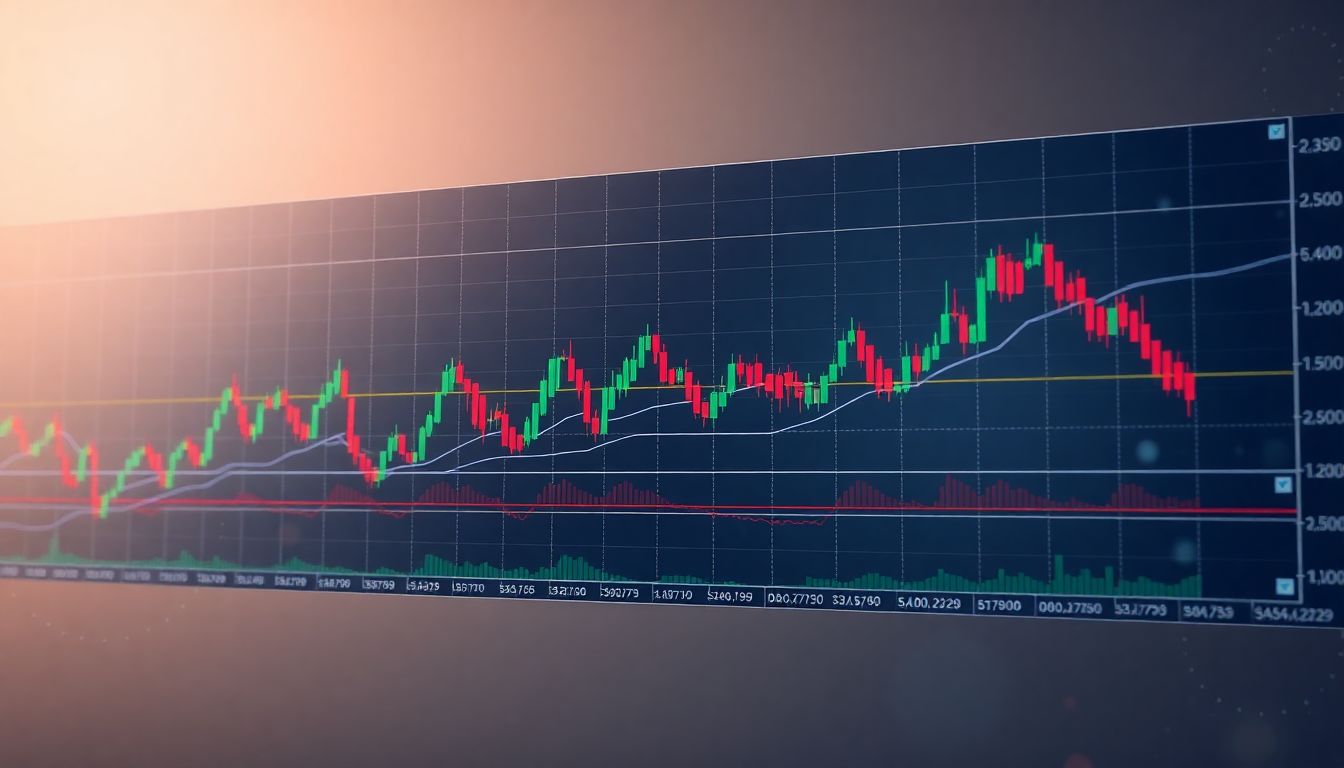Support and resistance levels are vital concepts in forex trading. They determine where prices might change direction and help traders decide when to enter or exit a trade. Recognizing these levels can lead to more informed trading decisions and improved performance in the market.
The Crucial Role of S&R in Forex Trading Decisions
Support and resistance levels are foundational for forex traders. They serve as indicators of potential price reversals or continuations. Understanding these levels can guide your trades while offering insight into market trends.
- Identify Trading Opportunities: These levels can signal ideal entry and exit points.
- Understand Market Reactions: S&R levels show where buyers and sellers are most active.
- Anticipate Price Movements: Price often reacts predictably around these levels.
Risk Management and the Significance of S&R
Effective risk management is essential for successful trading. By using support and resistance, traders can better protect their capital. Knowing where to place stop-loss orders and take-profit targets around these levels can minimize losses and maximize gains.
- Stop-Loss Placement: Set stop-loss orders just below support or above resistance to limit potential losses.
- Target Levels: Use resistance for profit targets in a long position and support for a short position.
Setting the Stage: What are Support and Resistance Levels?
- Support: This is a price level where buying interest is strong enough to overcome selling pressure, preventing the price from falling further.
- Resistance: Conversely, resistance represents a level where selling interest outweighs buying, preventing the price from rising beyond that point.
Understanding these concepts is crucial for anyone engaged in forex trading.
Identifying Support and Resistance Levels: Techniques and Tools
Chart Pattern Recognition: Key Support and Resistance Formations
Several chart patterns help recognize support and resistance. Common formations include:
- Horizontal Lines: Drawing lines at previous highs and lows can highlight these levels.
- Trendlines: Connecting significant highs or lows can indicate dynamic support or resistance levels.
Using Technical Indicators: RSI, MACD, and Moving Averages in S&R Analysis
Technical indicators like RSI (Relative Strength Index), MACD (Moving Average Convergence Divergence), and moving averages can augment analysis. They provide additional confirmation of support and resistance levels.
- RSI: Helps determine overbought or oversold conditions near S&R levels.
- MACD: Can signal potential reversals around these key levels.
Combining Methods for Enhanced Accuracy
For improved accuracy, combining multiple methods to identify support and resistance levels is beneficial. Using both chart patterns and technical indicators can lead to more reliable trading decisions.
Understanding the Psychology Behind Support and Resistance
Market Sentiment and Price Action Around S&R Levels
Market psychology plays a significant role in how traders react to support and resistance. Often, these levels create a collective belief about price action, which can influence decisions resulting in significant market movements.
How Traders React to Support and Resistance Breakouts
When prices break through support or resistance, it often leads to increased volatility. Traders might interpret these breakouts as signals to enter new positions. However, it’s essential to confirm the breakout before acting.
The Importance of Volume in Confirming S&R Levels
Volume is a critical indicator. High volume during a breakout can confirm the strength of the move. Low volume may indicate that a price movement lacks sustainability, raising the risk of false breakouts.
Trading Strategies Utilizing Support and Resistance
Breakout Trading Strategies: Capitalizing on Level Breaches
Breakout traders look for price movements beyond support or resistance. By entering trades when these levels are breached, traders hope to capture significant market movements.
Reversal Trading Strategies: Identifying Potential Bounce Points
Conversely, reversal strategies focus on trading at support and resistance levels. Traders look for signs of a bounce back from these points to enter trades.
Combining S&R with Other Technical Indicators
Integrating support and resistance with other indicators can enhance strategy effectiveness. For instance, using candlestick patterns near S&R levels may provide additional confirmation.
Common Mistakes to Avoid When Trading with S&R
Misinterpreting False Breakouts and Wicks
Traders often misinterpret false breakouts. Wicks on candlesticks can indicate rejection of a level, signaling that the price might reverse rather than continue.
Over-Reliance on S&R Without Context
While S&R levels are crucial, relying solely on them without understanding the broader market context can lead to misguided trades. Always consider overall market trends.
Neglecting Risk Management Around Support and Resistance
Ignoring risk management around S&R can be detrimental. Traders should always outline their risk tolerance and set proper stop-loss orders based on these levels.
Advanced Concepts in Support and Resistance Trading
Dynamic Support and Resistance Levels
Dynamic support and resistance levels change as the market trends. Moving averages, for example, continuously adjust to current price action, providing a more fluid approach to these critical levels.
Using Fibonacci Retracements and Extensions with S&R
Fibonacci levels can complement S&R analysis. These retracement and extension levels often align with critical support and resistance points, providing additional trade insights.
Adapting S&R Strategies to Different Market Conditions
Flexibility is vital in trading. Adjusting S&R strategies based on market conditions—such as ranging or trending—ensures better adaptability and improved decision-making.
Conclusion: Mastering Support and Resistance for Forex Success
Key Takeaways and Actionable Steps for Traders
- Always identify key support and resistance levels before trading.
- Use multiple methods for better accuracy.
- Incorporate risk management techniques.
Continuous Learning and Refinement of S&R Strategies
Forex trading demands ongoing education. Regularly reassess and adapt strategies based on evolving market conditions and personal experience.
The Long-Term Benefits of Understanding Support and Resistance
Mastering support and resistance enhances trading performance and helps build confidence. As you grow familiar with these levels, you’ll likely see greater success in your trading journey.








Facebook Comments